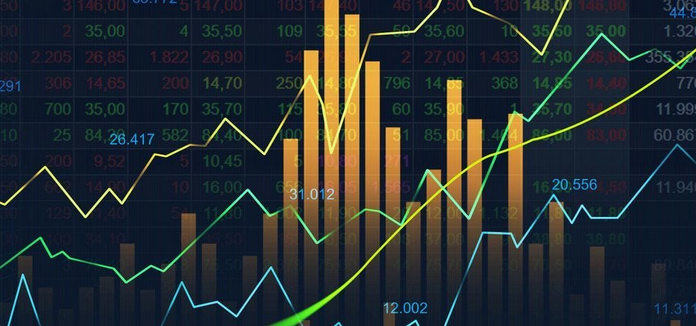
Currency Chronicles: Stories from the Global Forex Trading Community
The Forex (Foreign Exchange) market is the most liquid and largest financial market globally and has continued to rise as more people engage in trading. For you to succeed in the Forex market, you must have a thorough understanding of the market conditions and trends. Technical analysis is one way to evaluate the forex market, and in this blog post, we will explore what technical analysis is and how it can assist in succeeding in trading foreign currencies.
Technical analysis involves analyzing the market trends and identifying patterns that could indicate future market movements. The analysis uses charts, graphs, and other snippets of technical data to analyze price charts and trading volumes. The aim is to predict changing market trends by identifying past trading patterns.
To apply technical analysis, traders should use multiple indicators, including moving averages, relative strength indicators, and Fibonacci retracements. Moving averages are useful in smoothing out price movements, while relative strength indicators help identify overbought or oversold market conditions. Fibonacci retracements indicate potential levels of reversal of market trends.
In technical analysis, charts are crucial, and traders use different types, including line, bar, and candlestick charts. Line charts only show the closing price of a currency pair, while a bar chart shows the opening, closing, and high and low prices of a currency pair within a specified period. Candlestick charts show a broader range of price data, including highs, lows, opens, and closes, making them more detailed than line or bar charts.
It is essential to understand the market patterns to apply technical analysis accurately. Traders should identify up, down, or sideways trends in the market and adjust their trading strategies based on current trends. An uptrend is a sequence of higher highs and higher lows, while a downtrend is a combination of lower highs and lower lows. Sideways trends occur when the price maintains a relatively constant range, without any notable uptrends or downtrends.
Technical analysis is not perfect, and traders still encounter risks. Traders should combine technical analysis with fundamental analysis to minimize risks and maximize profits. Fundamental analysis refers to the process of evaluating the intrinsic value of a currency, through economic, financial, and other factors that affect the Forex market.
Conclusion:
In conclusion, technical analysis provides an excellent way of understanding the Forex market trends and predicting possible market movements. By utilizing key indicators and charting tools, traders can identify changing market patterns and increase their chances of success. However, it is essential to remember that technical analysis should be used together with fundamental analysis for more reliable, long-term predictions in Forex trading.